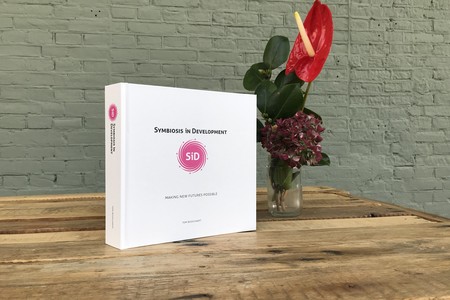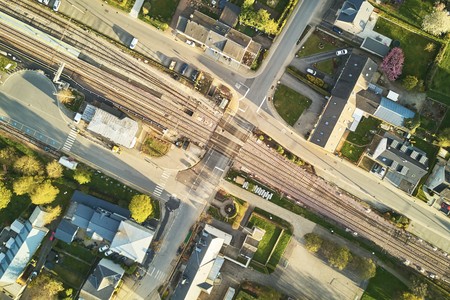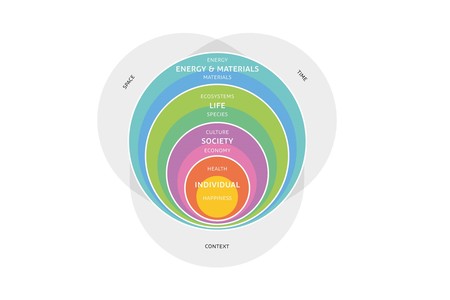Climate change has become one of, if not the most prominent issue in our world, with global policymakers and companies seemingly fixated on it across the board. The fate of our climate and consequences for humanity don't look great; hence, this is good news, yes? Moving toward a more sustainable future is incredibly complex and addressing climate change is but one piece of the never-ending puzzle. However, it cannot even begin to be approached effectively without a much broader and detailed perspective than commonly used.

Recognizing a System Beyond Efficiency
Beyond knowing how to compare tradeoffs between different areas of impact, more fundamentally, we recognize that the challenge of sustainability goes far beyond simple material and energy efficiency.
Most of the impacts we humans have on the environment are a direct consequence of our behaviors and expectations. In other words, it's not the physicality of objects we see around that are the core of our sustainability problems. It's the relationships we have with them - the how, when, and perhaps most importantly, why we use them.
To better understand this approach, we can imagine our society as a complex machine with various cogs and gears spinning within it to keep it running. These cogs and gears are our everyday technologies – cars, planes, lightbulbs, computers. They move people from place to place, facilitate communication, allow us to read after dark, travel around the world, and perform many other unique and practical functions. Ideally, we'd like to keep all of those without the negative impacts.
The Object Trap: Overvaluing Physicality
Currently, most environmental policies are focused on these 'negative' objects. In other words, they are centered around finding cogs and wheels within the machine of our society that could be running a bit more efficiently and making an effort to replace them with "better" versions.
The system as a whole, its purpose, direction, and impact, will not change if we switch out cogs and gears. It isn't the cogs that need upgrading. The configuration of the overall system is inefficient. We need to redesign the machine itself. We need to begin functioning differently within our societies, changing the patterns of our behavior, and reducing our impact by orders of magnitude, not just by tiny increments.
While focusing on the object-level, the benefits of environmental solutions are often not seen, as they take place on a system-wide level.
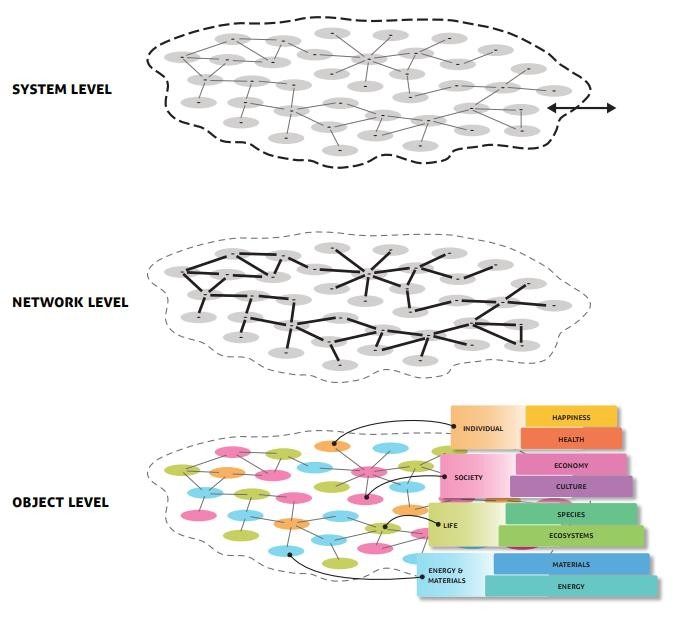
Recognizing and Understanding Complexity
To successfully design system-wide and genuinely sustainable solutions, we need a fully integrated and holistic approach. A process where all disciplines can work together, information is freely shared, and broad perspectives are combined with those that are more focused and specialized.
Using this approach, a wealth of opportunities becomes available. By recognizing natural systems, we also see the value of ecosystem services and their ability to resolve complex problems often seen as too difficult or unsolvable without technology. Nature is also a vast library of sophisticated solutions and real-world examples, inspirations, and proven technical solutions.
Quality of life becomes the most sought after and the overarching goal to sustainability and systems thinking. However, this doesn't mean the need for profit and development and growth is neglected. There are abundant resources available to us, and if only accessed and utilized in the right way, we can truly take advantage of the system without destroying it.

A Fully Integrated Approach
Using a systems approach to develop a transition path towards this evolution of society carries a significant number of advantages. These advantages often play out on societal, economic, and ecological levels, maintain their effectiveness in the long term, and are perfectly scalable.
We have developed a systems methodology called Symbiosis in Development (SiD) that directly addresses this problem. It allows us to quickly recognize and consider social, economic, and environmental trade-offs in a complete and structured fashion.
The SiD approach recognizes that the network level of intervention plays its greatest role. When doing any sustainability or systems analysis, regardless of what its exact purpose is, we use the SiD ELSI tool, representing:
- Energy (and materials)
- Life (and ecosystems)
- Society (and culture)
- Individuals (and actions)
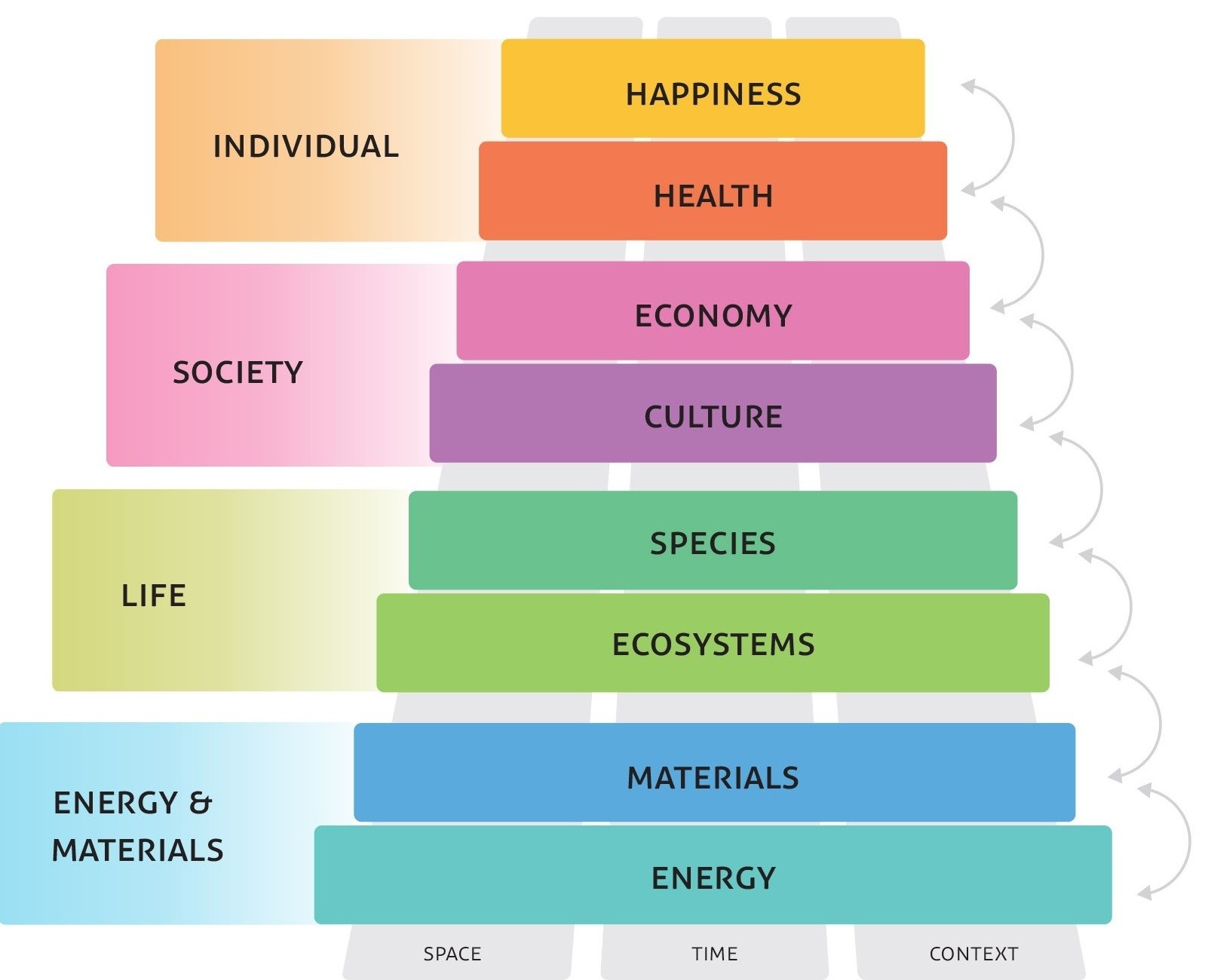
We look at all of the potential consequences of any decision or intervention along all of these planes and choose paths of action that reconfigure the system to optimize as many of these areas as possible. We evaluate these individual actions and effects to the level of the system.
We look at whether or not the response of the system increases its resilience, its autonomy, and equity. We observe the system's nature, and its behavior, rather than trying to figure out the details of every single part that makes it go.
This is not an easy task, nor are the answers and questions always clear. But without fail does this approach result in better solutions, better ideas, more insight, and viable and inspiring pathways towards a brighter future.
Want to read more? Please see the following items to learn more about SiD, Except's internally developed and open-source approach to integrated sustainability.
Jan. 9, 2012



